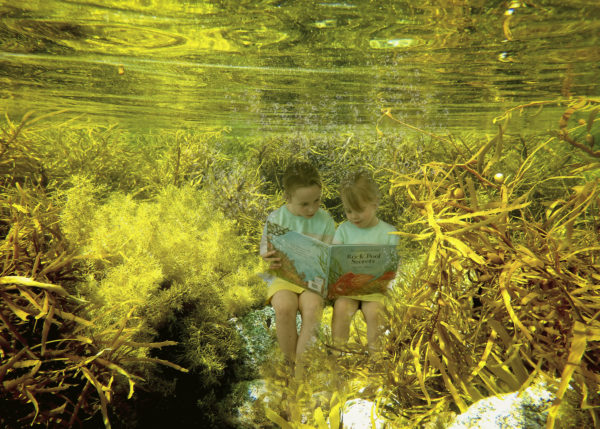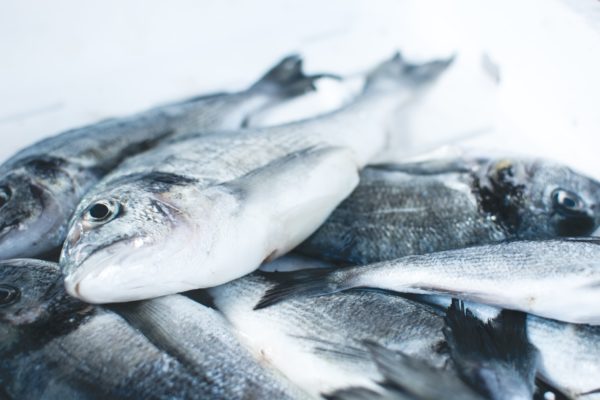We often think of the future as a distant planet, something so far away and alien that it’s too hard to comprehend.
The year 2040, however, is close enough to tomorrow that we can almost touch it, and still far enough away that it holds a sense of mystery and possibility. That makes it the perfect setting for a new climate change documentary.
Directed by award-winning Australian director Damon Gameau (That Sugar Film), 2040 challenges the current conversation on climate change. It avoids the urge to berate audiences with ‘if only’ solutions by offering up environmental solutions that already exist in the world.
Gameau acknowledges the challenges around the climate change conversation and is careful not to politicise the argument. 2040 is, instead, an exercise in “fact-based dreaming” – as Gameau terms it – presenting a future that doesn’t yet exist, but we have a good opportunity that it will.
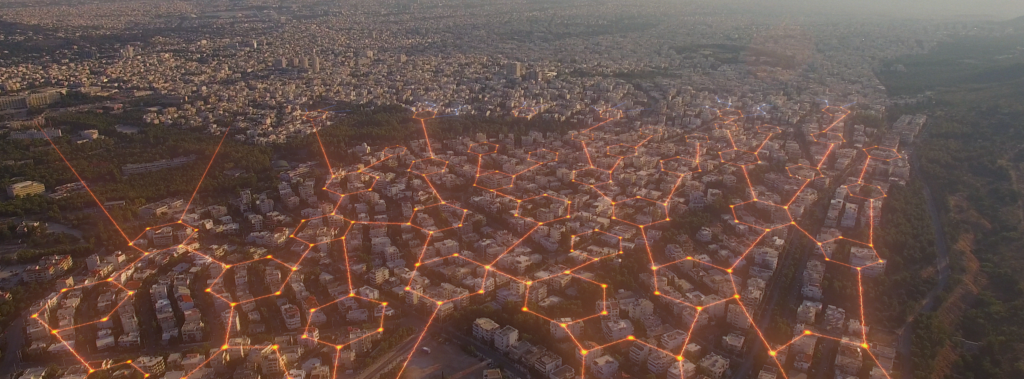
The film covers solutions from carbon capture; marine regeneration; regenerative agriculture; localised renewable energy; the education of women and girls; and autonomous vehicle technology. By the end, you’re left with a refreshed sense of hope for the future and a renewed respect for the creativity and ingenuity of humans.
Spurred on by Gameau’s film, we asked four of our Deakin researchers to share their tips on what we can do right now to improve the planet’s outlook:
Don’t waste your dog waste

Professor Leigh Ackland is a researcher in Molecular Biosciences and knows a thing or two about dog poo — right down to the microbe. Professor Ackland suggests dog owners across Australia (that’s some 38 per cent of Australian households) should be composting and reusing their dogs’ poo as fertiliser for their garden rather than chucking it into landfill.
Moreover, for those moments when they venture out with their playful pup, Professor Ackland is a big advocate for dog owners capturing their dog poo in compostable bags. “Many environmentally conscious pet owners are turning to biodegradable bags as the solution to their doggy-doo woes, but many brands won’t break down in landfill, compounding the problem.” By collecting their dog poo in compostable bags and taking it back into their compost ecosystem, dog owners are able to reduce their unnecessary contribution of plastic into landfill and offer a nutrient-rich fertiliser for their garden.
The process of composting, as Professor Ackland highlights, is also perfect for breaking down any disease-causing bacteria which may be present in the raw dog poo. The combination of microbes and environmental conditions (such as other organic waste and higher temperatures) assists in “promoting destruction of pathogenic canine microbes, if present.” She provides some clear guidelines to how to get the best out of composting your dog waste in an article for The Conversation.
With a medium sized dog producing about 180 kilograms of the stuff a year, this rich fertiliser source is literally on our back door step.
Energise your energy options
‘The energy sector is Victoria’s largest source of greenhouse gas emissions,” says Deakin Architecture teaching scholar, Lana van Galen. “As building users, our greatest way to reduce our carbon footprint is to reduce our energy consumption.”
Ms van Galen says there are some simple opportunities to reduce energy consumption when building or adapting our buildings; including sourcing a clean electricity supply and increasing the energy efficiency of our homes or businesses through passive design solutions.
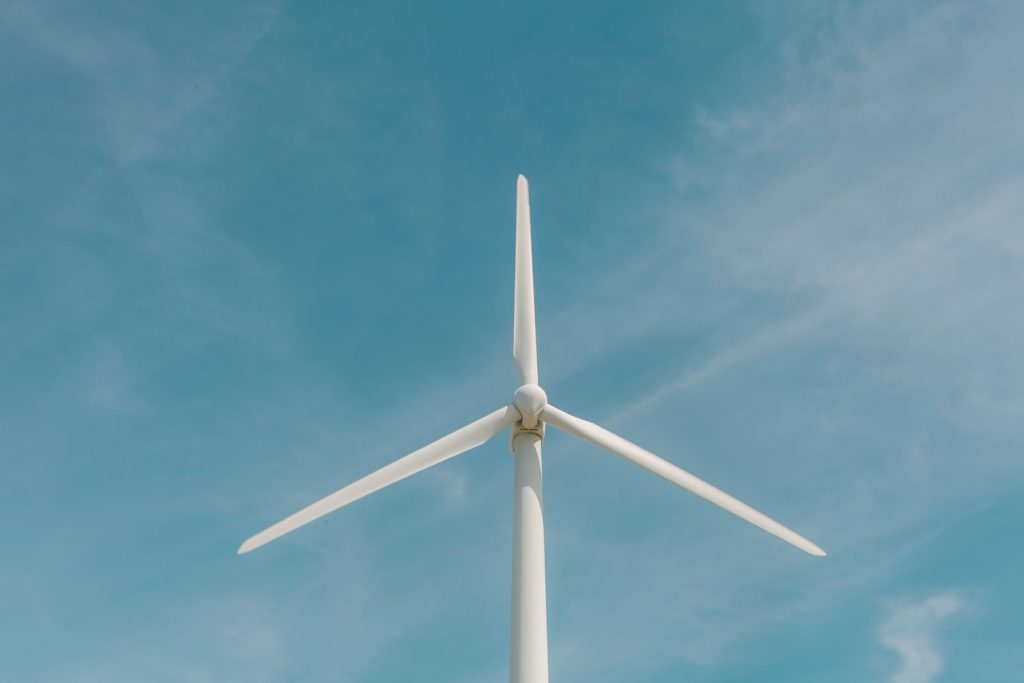
With 21% of our total energy generation now coming from renewable sources, the most visible solution to reducing household energy consumption is through clean electricity supply options. Rooftop solar panels are increasingly the most common small-scale solution, with one in five solar-topped households dotting the landscape. In large-scale energy production, wind and hydro energy options outpace solar, making up almost 70 per cent of Australia’s renewable energy generation.
Beyond clean energy supply, home builders can do a lot to reduce the amount of energy usage through smart housing design known as passive design. Passive design acknowledges the climate in which the home is built and uses design strategies to minimise unwanted heat loss or gain.
House orientation is one key consideration, says Ms van Galen. “Designing or adapting a building’s orientation (largest windows) to allow north sunlight into living spaces” and reducing or removing “windows on the west … can increase the energy efficiency of your home, making it more comfortable to live in and cheaper to run,” she says.
Shading is also a key consideration for a passive home design. “Shading glass is the best way to reduce unwanted heat gain, as unprotected glass is often the greatest source of heat entering a home. Deciduous shade trees and vines, screens and pergolas will provide seasonal shading,” blocking unwanted heat in summer months and letting in extra heat in the winter months.
It’s believed smart, passive house design strategies can reduce or eliminate the nearly 40 per cent of energy used in heating and cooling Australian homes. This, coupled with sourcing a cleaner energy supply, means reducing personal greenhouse gas emissions is well within the reach of Australian households.
Waste not, want not
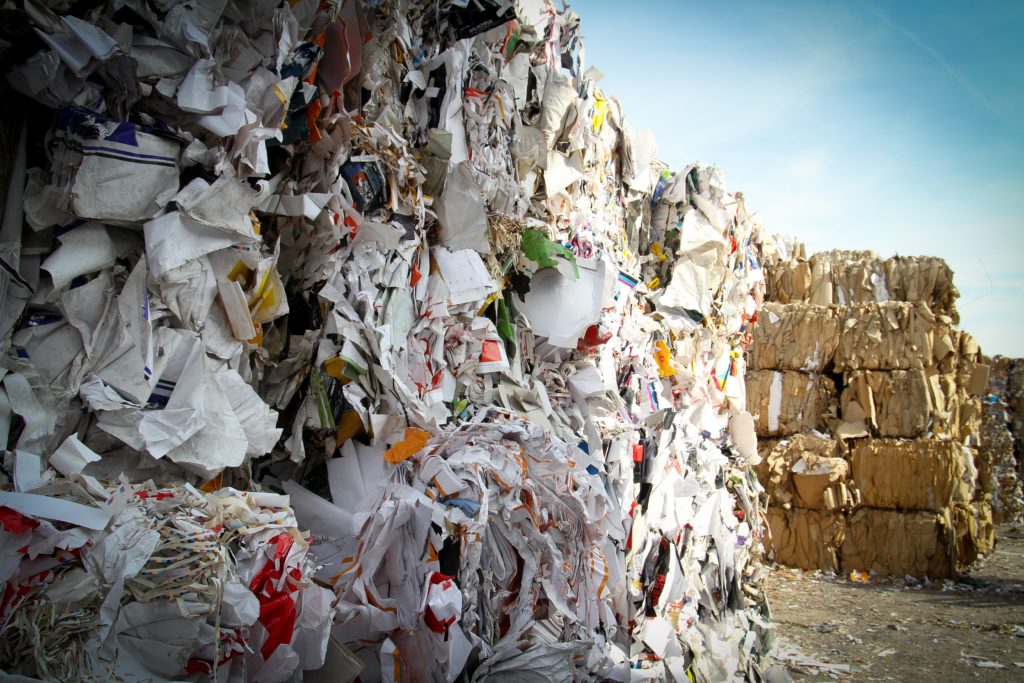
As a lecturer in Hazardous Materials Management and former Victorian Environment Protection Authority employee, Dr Trevor Thornton is knee deep in waste theory and associated policy.
Dr Thornton’s suggestion is to redress the focus placed on the latter half of the ‘Reuse, Reduce, Recycle’ adage and look at more ways to reuse and reduce our waste before it gets to our kerbside waste or recycling bins.
“Every little less waste we provide lessens our environmental impact by reducing the resources we consume as well as the negative impacts of waste disposal to landfill – recycling is fine, but not as good as avoiding or reducing in the first instance,” he says.
“Waste is something that we can easily implement actions to reduce. The added benefit is that often it saves us money as well.”
According to Sustainability Victoria, we throw out 250,000 tonnes of food each year with an average cost to households of $2,200 per year. “By reducing food waste and composting, you could reduce your waste by 40 to 50 per cent,’ Dr Thornton says. But, he adds, “it’s not just the food being wasted, it is the resources that go into its production, harvesting, processing and distribution, and includes the packaging.”
Thornton emphasises that “the important point is to do something.” As long as enough of us are doing something, he says, our actions will be heard and felt within the operations of big businesses. Saying no to a plastic bag when making a retail purchase is a simple individual act that, when enough of us do it, sends a strong message to retailers about the customer’s priorities.
What’s on your plate
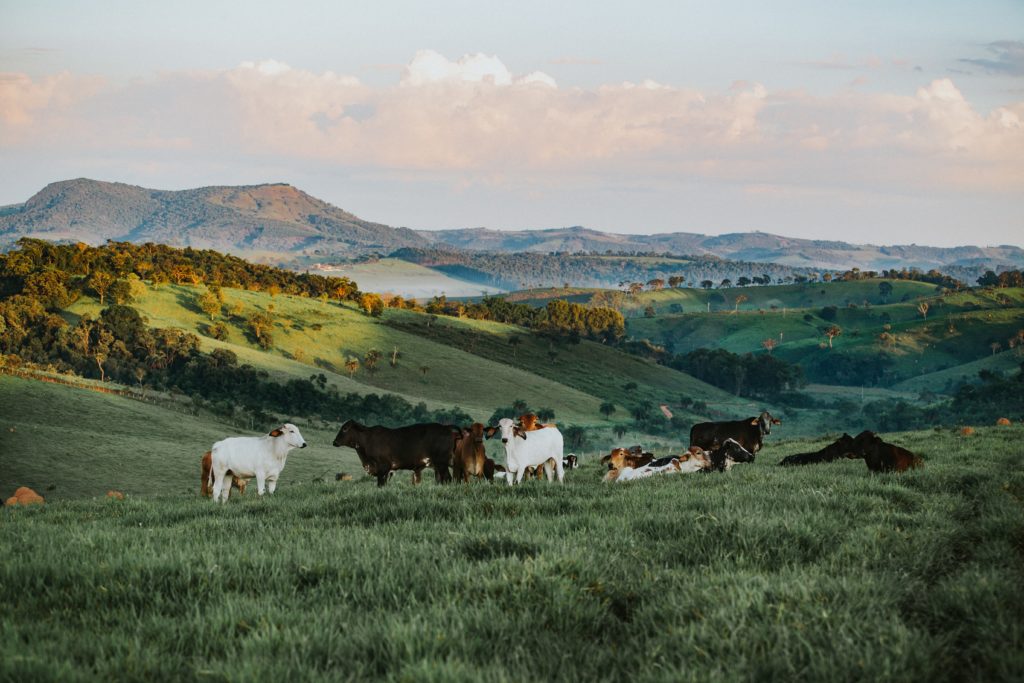
While the 2040 film explores regenerative farming and suggests farmers mimic natural cattle migration by ‘free grazing’, Deakin Associate Professor Euan Ritchie suggests we go one step further and rethink the meat on our menu altogether.
A/Prof Ritchie’s research (focused on the role predators play in structuring and maintaining ecosystems) has given him pause to reflect on how our meat consumption plays a part in sustainability. “Think carefully about your next meal. We are what we eat, but it also has a substantial effect on our environment,” he says.
“Most of us need to eat a lot less meat, and where possible we also need to produce foods that are better suited to being grown in Australian conditions.”
He questions whether the farming methods brought over with the First Fleet and used for the last 230 years are really the most suitable practices for our ecosystem and local conditions. Hard-hoofed animals (such as cattle and sheep) contribute to soil compaction and erosion of Australia’s rangelands, the drier regions of the country, which cover about 80 per cent of its mass.
A/Prof Ritchie suggests we consider protein sources beyond traditional livestock and look to native wildlife or some feral animals for our dietary requirements.
As native species, emus and kangaroos are better adapted to local conditions. They are able to forage our typically nutrient-poor soils without the need for nutritional supplements and are physiologically more efficient at conserving water.
Having already adapted to our climate and conditions, adding feral populations of introduced animals to our menus is another sustainable option. By eating feral camels, goats, deer, rabbits, pigs and buffalo, we could reduce their impact on our ecosystem and work to cull their invasive numbers in the wild.
Both suggestions are likely to cause some debate across the country, but taking the unconventional approach to meat-eating could be just the solution our climate needs.
Step into the future
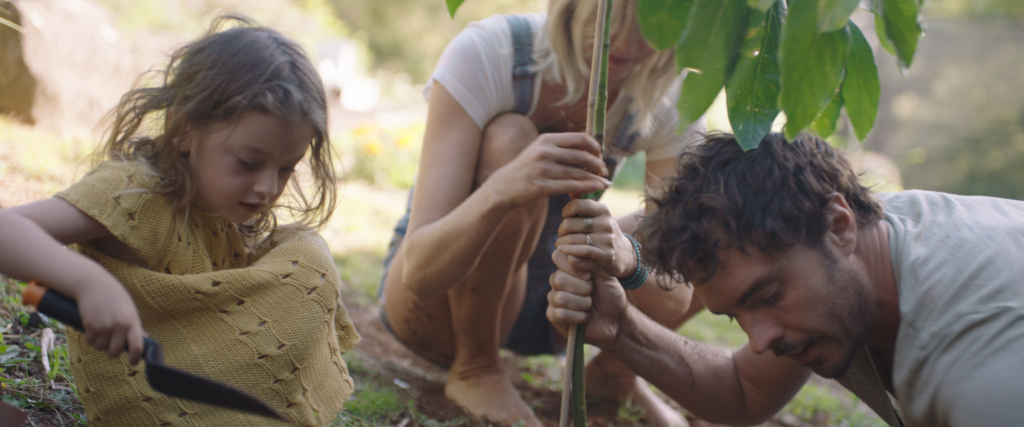
The aim of 2040 is to open our eyes to the potential future we have ahead of us. We’re not there yet, but the suggestions offered by the film (and our researchers) make it clear that there are very real and tangible tactics available to us if we wish to take them up.
At the end of the film, Gameau puts it out to the audience – what’s your 2040 look like? He asks the audience to join the cause and support some of the activities of the film, or suggest further solutions. This question acknowledges that there is no 2040, or not the one he dreams about anyway, without activity and action from us all.
Sara Ryan
Staff writer

